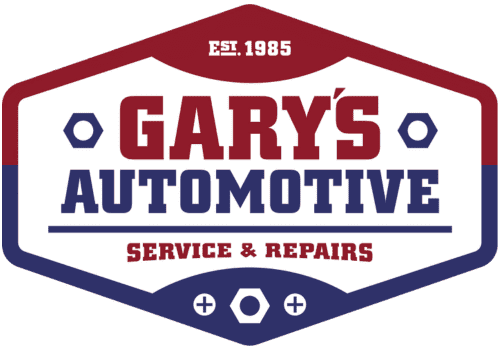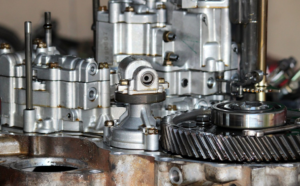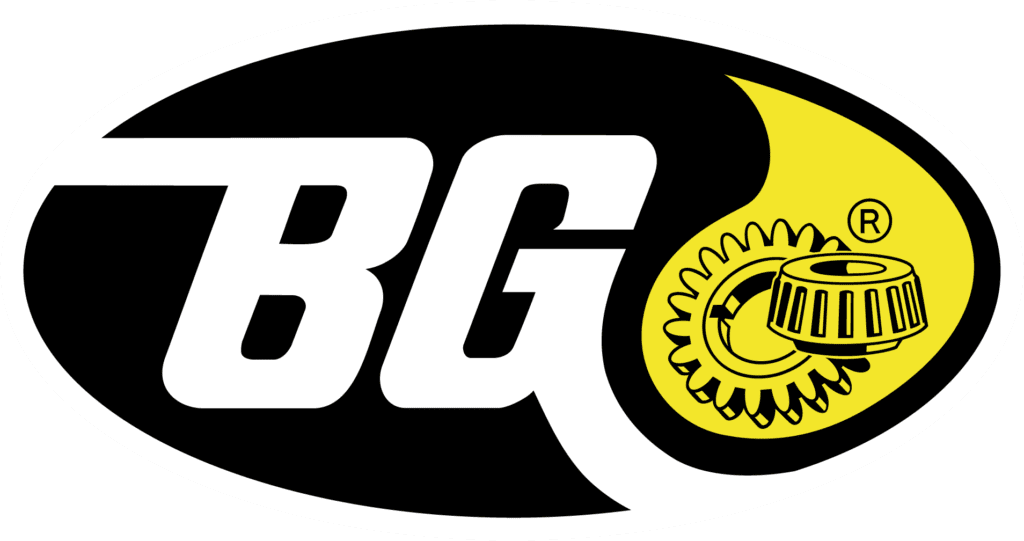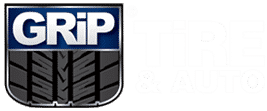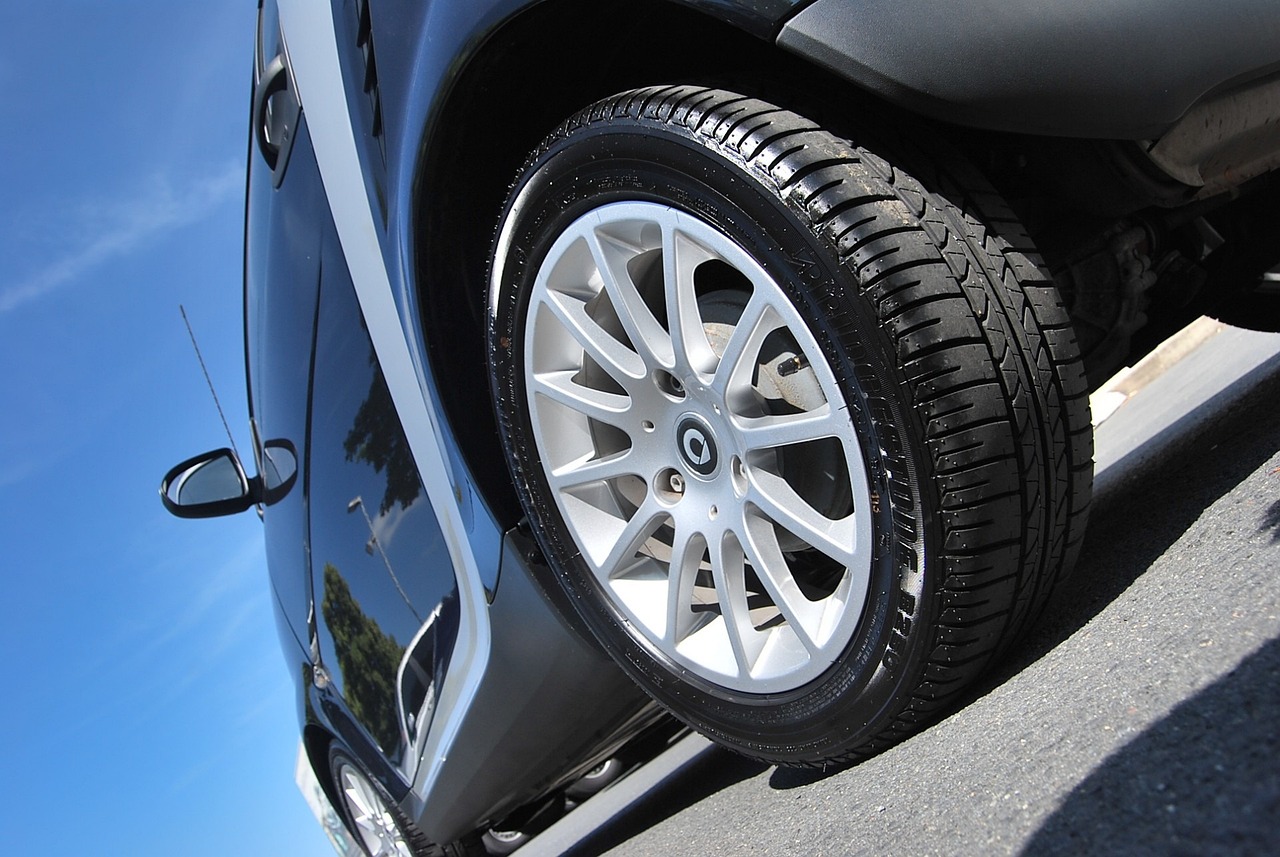
Image by PublicDomainPictures from Pixabay
“Is tire rotation the same thing as balancing?” is a question we hear often from clients. Let’s review wheel alignment vs. balance vs. rotation so you can figure out which service is the one your car or truck needs.
Alignment vs. Balance vs. Rotation Explained
Tire rotation
Tire rotation is simply switching the position of tires on your vehicle. This helps preserve the life of your tires, letting you get the most out of your investment. Why is rotation important?
Your automobile’s tires don’t wear at the same rate. Typically, the tread on the front tires wears more quickly than the rear tires. This is due to taking on more friction when turning, which causes wear in small amounts that builds up over time.
How often you rotate your tires depends on multiple factors:
- Your vehicle and the condition of other parts
- The age and quality of your tires
- Your driving habits (turning, braking, etc.)
- The road conditions where you drive most
- Your vehicle’s wheel alignment (see below)
Your owner’s manual should tell you how often to rotate your tires — usually about every 8,000 to 12,000 kilometres. But you may need to rotate them more often if you notice wear on certain tires or if your mechanic recommends it.
Tire balancing
Tire rotation vs. balancing is something many people confuse. Tire balancing is not something you need to have done at specific intervals like tire rotation. Rather, it’s performed as needed. How do you know if tire balancing, also often called wheel balancing, is needed?
- Your ride has become less comfortable over time on the same conditions.
- Your steering wheel vibrates as you drive.
- Your entire vehicle shakes when operating.
- The above symptoms get worse at higher speeds.
- You have installed specialty rims on your wheels.
Frequently, if you feel a vibration in your steering wheel, your front tires likely need balancing. If you notice shaking coming more from the rear of the car, your back tires probably need attention.
Some vehicle owners opt for tire balancing after an accident involving one or more wheels, after repairing a flat tire, or when undergoing tire rotation. Your mechanic may suggest tire balancing as well if they notice flat spots on the tires, especially if you drive a lot of roads with potholes or rough, unpaved roads.
Tire balancing uses a process called match mounting most of the time. This involves wheel inspection to match your tires with high and low points on the wheel rims. A special machine does this for the best match possible.
Wheel alignment
Wheel alignment, in spite of its name, doesn’t really adjust your wheels or tires. Instead, it makes small changes to your suspension. The suspension in a car, van, or truck connects the vehicle to the wheels. Like tire balancing, wheel alignment is accomplished with precise instrumentation.
Proper wheel alignment prevents your vehicle from pulling to the right or left. It makes braking cleaner and steering easier. And it ultimately preserves the life of your tires. If you’re looking for more cost savings, wheel alignment can also improve fuel efficiency.
Merely running over a curb, hitting a deep pothole, or being in a fender bender can send your wheels out of alignment. With the changeable weather Vancouver and British Columbia experience, potholes, in particular, are a constant threat. You also probably need an alignment if you observe any of these signs:
- Your tires wearing unevenly
- The vehicle pulling to one side
- Squealing tires
- Steering wheel vibration on acceleration
- Visually off-centre steering wheel
Usually, wheel alignment is recommended several times per year or every 10,000 kilometres or so. But as with other tire and wheel services, your mechanic may recommend it before these milestones if they notice poor alignment while performing repairs or routine maintenance. Likewise, if you’ve only driven a few thousand kilometres since your last alignment two months ago but your car is pulling hard to one side, it’s time to realign the wheels.
Which Service Is Right for Your Vehicle?
Now that you know the difference between tire rotation, balance, and alignment, you should be able to select the right service when scheduling an appointment with your mechanic. Use the signs listed above to let your garage know about any problems so they can also hone in on the correct process for your vehicle. Remember, you may need more than one tire or wheel service simultaneously, but it’s worth it for safety and to extend the longevity of your investment.

